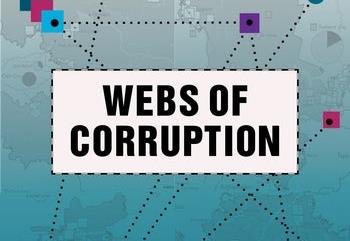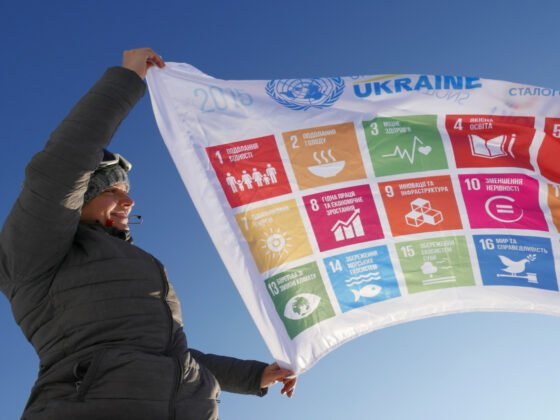(Minerva) (Co-authored with Lawrence Markowitz) The post-Cold War era has been marked by policy and academic debates about the cooperative links between criminal and terrorist actors. According to the prevailing view, the dissolution of the Soviet Union resulted in the contraction of traditional revenue streams of terrorist groups, (including state-sponsorship), drawing terrorist organizations into a range of illicit activities to raise funds for their operations. Concurrently, advances in information and communication technologies and the ease and speed of cross-border movement have transformed the nature of organized crime. These changes were believed to have provided opportunities for criminal and terrorist groups’ collaboration. The 9/11 attacks and the subsequent attention to the threat of terrorism furthered this view of a proliferating “crime-terror nexus,” leading proponents to regard it as a prevalent feature of world politics and a critical security challenge to individual states. On the other hand, critics of the crime-terror nexus maintain that the linkages between terrorist and criminal actors have been vastly exaggerated and poorly understood. […]
Read More © Minerva











